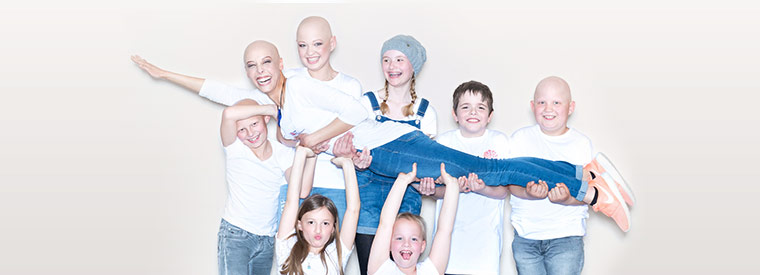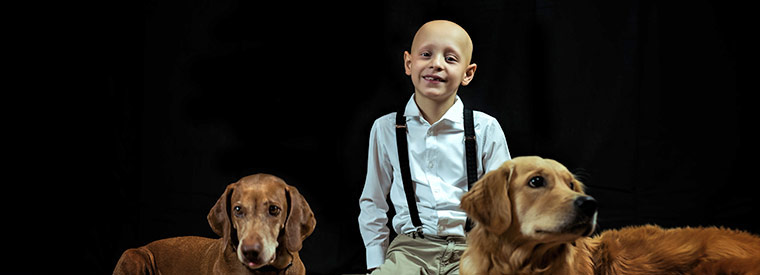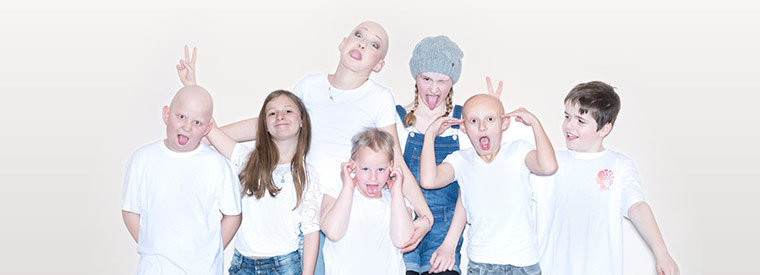Child development with Alopecia Areata
Child development in kindergarten and at a preschool age
At the age of 6, children learn to use their own initiative more and to develop confidence in their own actions by means of creative solutions based on models. Children are so concerned with discovering the environment and their daily new experiences, that Alopecia Areata affects their lives only to a small extent. The other children consider the loss of hair often only as an “interesting” anomaly. When the initial curiosity fades away, the playmates will hardly notice the hair loss in your child. An open and honest conversation about Alopecia is often advisable at this point to support the “normality” of your child in everyday life.
It is important, if necessary, to find the right head cover with which your child feels comfortable and protected from too much sunshine or cold. If it is a wig, it is important that the child should decide to wear it or any other form of hair replacement independently and does not do this to please his parents.
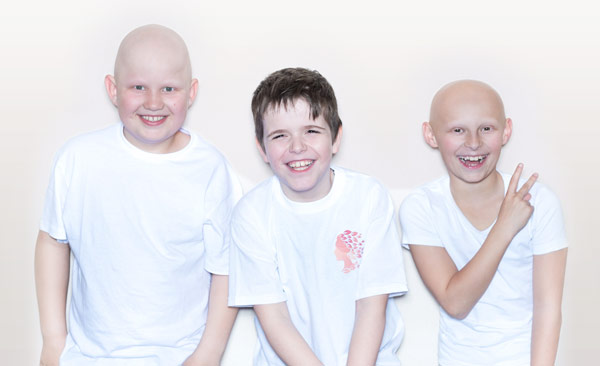
Development in elementary school
By the age of 12, children have had some experience learning that the outlook of the outside world can differ from their own. Children are engaged in the learning of basic social and intellectual skills during this period of time – and also when they reach puberty. At this age, children are much more aware of what others think about them. So they pay more attention to the opinions of others. Therefore an open and appreciative acceptance in their narrower social environment is important. The child knows that the people who love him/her, do that unconditionally, they love them for what they are. As children develop more individuality and independence in this phase, there appears a growing desire to distinguish themselves from others as well as to stand out in the group of peers. This may lead to internal conflicts for your child if he/she has Alopecia Areata. Your child has now become much more sensitive about whether the others are making fun, or accepting him/her as he/she is. The experience of being excluded from a peer group can affect a child even with healthy self-confidence. Therefore, a prior educational work can be very helpful.
“Mom, I cannot play with my best friend because her mother said I was contagious.” In children, the desire to have their own hair back is often associated with buying a wig. The desire of the child for a wig or a hat is supposed to compensate for the loss of their own hair and make them feel good again. Children usually choose the right option of hair replacement by themselves. Health insurance funds cover 100% cost of this aid. Many children wear their wigs every day without any problem. Some like to wear their wigs only at school. Other children may wear them only for one day and then they do not want them anymore because it is not their own hair.
Depending on the child’s experience, his feelings can be very different. Wigs and other forms of hair replacement play a crucial role in how well your child feels about him- or herself. If a child can live in one or more areas where he can develop his abilities and increase self-confidence and self-esteem, this will ultimately help to overcome the problems of hair loss.
Experience shows that an open approach is important not only in the kindergarten. It is equally important in elementary school – especially to prevent unpleasant situations for the child.
Development as a teenager
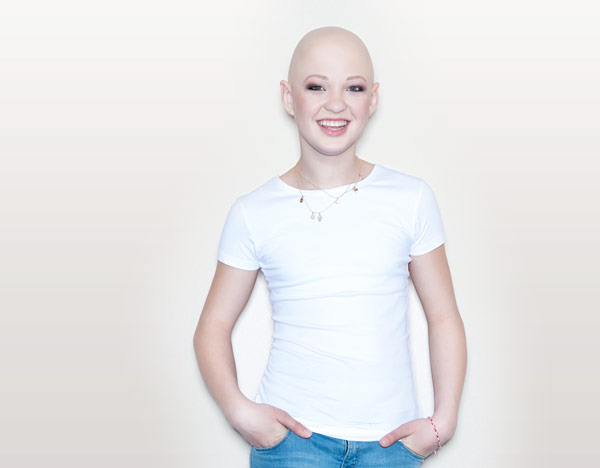 For teenagers, life with Alopecia Areata can be particularly difficult. The self-esteem that has evolved in the course of childhood is now developing fast. Young people are prone to self-analysis. Thus, even the smallest external factors may become important criteria defining whether one is accepted by peers or not. The ‘right’ hairstyle is therefore very important.
For teenagers, life with Alopecia Areata can be particularly difficult. The self-esteem that has evolved in the course of childhood is now developing fast. Young people are prone to self-analysis. Thus, even the smallest external factors may become important criteria defining whether one is accepted by peers or not. The ‘right’ hairstyle is therefore very important.
The fear of not belonging to peer community is often part of young people’s everyday life, even for those who do not suffer from spot baldness. This is why it is particularly important to support your child in his or her hobbies and interests so that he or she can continue to develop confidence in his or her skills. This includes sports, music or other recreational activities where the young people have the opportunity to show their skills. This gives them a feeling of control over their situation, so the risk of self-isolation is reduced. Besides, positive examples of other people can have a very beneficial influence and provide support.
